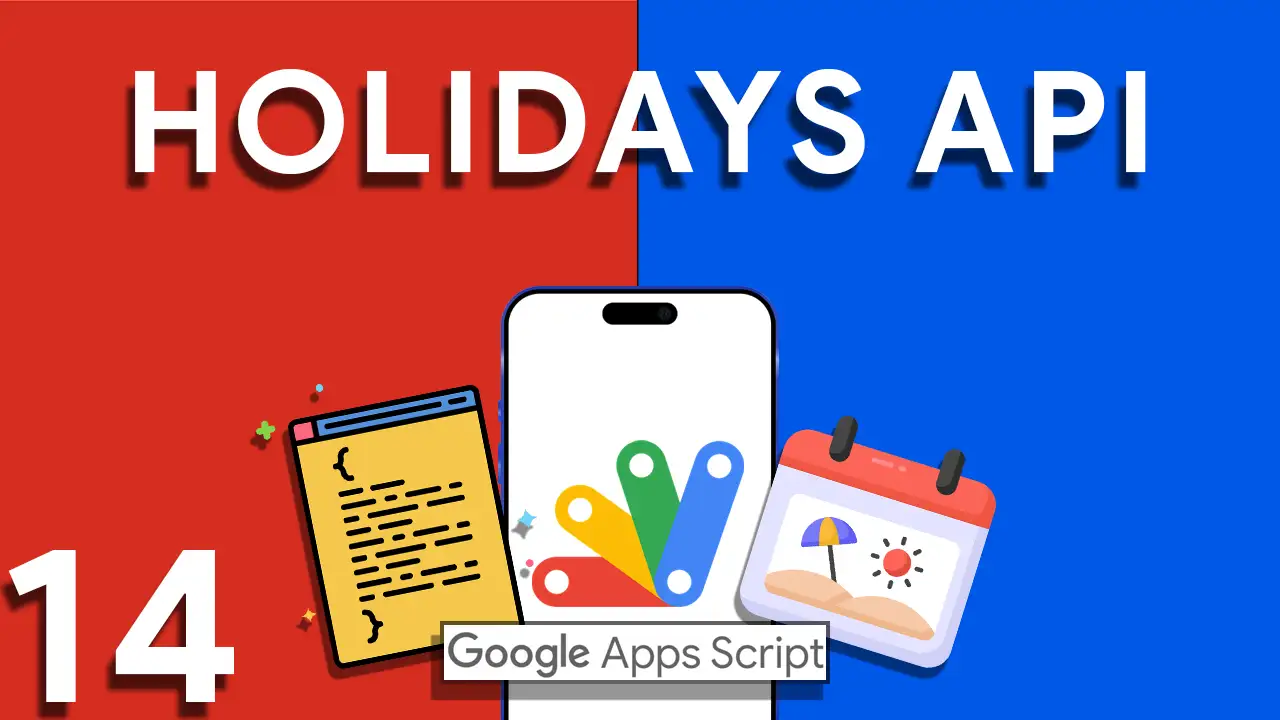Conditional logic is a fundamental aspect of app development, enabling you to create dynamic and responsive applications. AppSheet provides a powerful tool for implementing conditional logic with the IF() function. In this comprehensive blog post, we’ll delve into the basics of IF() in AppSheet and show you how to harness its capabilities to make your applications smarter and more interactive.
Understanding the Basics of IF() in AppSheet
The IF() function in AppSheet allows you to perform actions or make decisions based on specified conditions. It’s a versatile and essential tool for creating workflows, validations, and actions that respond to user inputs or data changes.
The Anatomy of the IF() Function
The IF() function in AppSheet follows a straightforward structure:
IF(condition, value_if_true, value_if_false)
Here’s what each part of the function represents:
condition: This is the expression or condition that AppSheet evaluates. If the condition is true, the function returnsvalue_if_true; otherwise, it returnsvalue_if_false.value_if_true: This is the value or action that AppSheet performs when the condition is true.value_if_false: This is the value or action that AppSheet performs when the condition is false.
How to Use the IF() Function in AppSheet
Let’s explore practical scenarios where you can leverage the IF() function in AppSheet:
- Conditional Visibility: You can use the IF() function to control the visibility of certain app elements, such as buttons, fields, or sections, based on specific conditions. For example, you can hide a “Submit” button until all required fields are filled out.
- Data Validation: IF() can be used to validate user inputs. You can create validation rules to ensure that data entered meets specific criteria. For instance, you can check if an entered value is within an acceptable range or format.
- Default Values: Set default values for fields based on conditions. For instance, if a user selects “Yes” for a checkbox indicating they are a premium user, you can default certain fields to be visible or pre-filled with relevant data.
- Workflow Automation: IF() is a powerful tool for creating workflow automation. You can trigger actions or notifications when specific conditions are met, such as sending an email when a new order is placed or updating a status field.
Practical Example
Here’s an example of how the IF() function can be used in AppSheet:
IF([OrderStatus] = "Pending", "Please wait for order processing.", "Your order is ready for pickup.")
In this scenario, the function checks the value of the “OrderStatus” column. If the order is “Pending,” it displays a message asking the user to wait for processing. If the order status is anything else, it informs the user that the order is ready for pickup.







